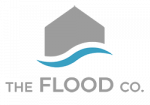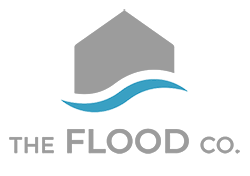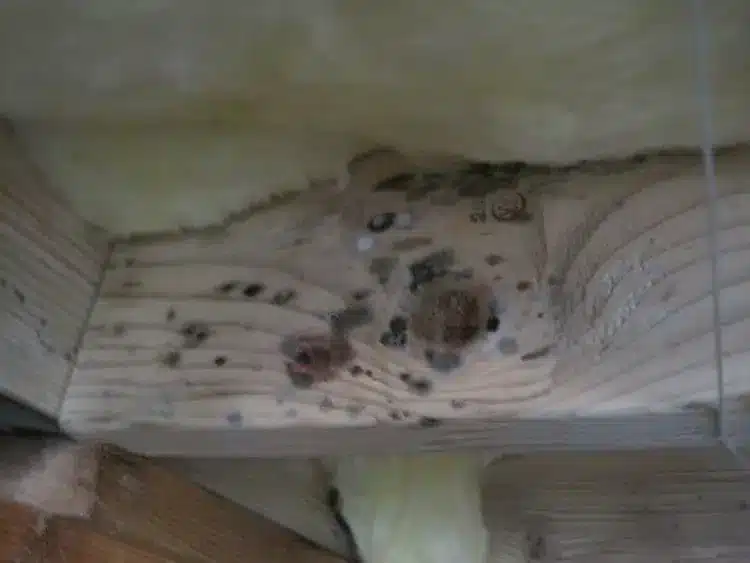Mold Testing Guidelines
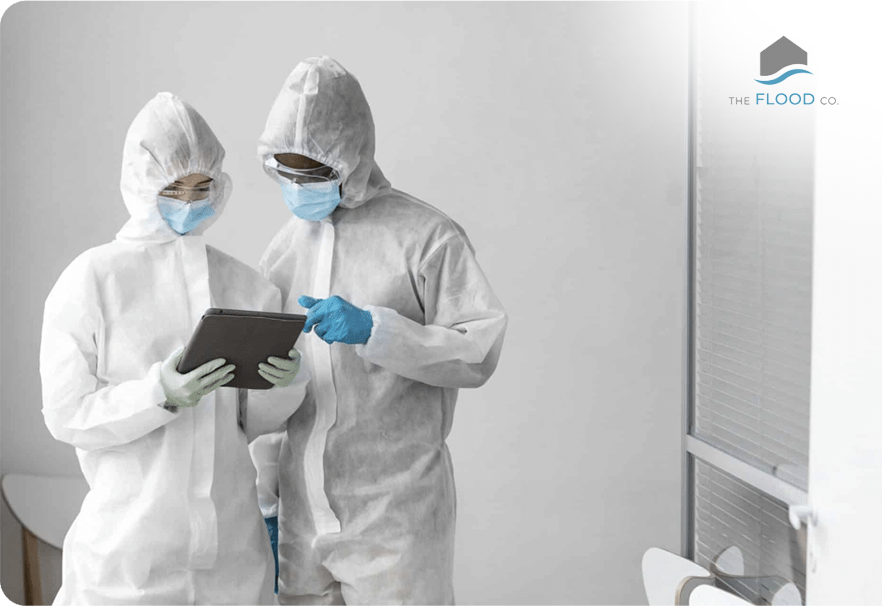
Call (801) 294-7452
Mold Testing in Davis, Salt Lake, Summit, Utah, and Weber Counties
Mold remediation is a critical service that cannot be overlooked or overstated. It is important to note that professionally-trained mold remediation experts undergo a very rigorous and intense series of tests and drills before they are licensed to become remediation technicians.
Below is a recommended protocol to help in interpreting air sample test results for mold. This testing guideline was created by Wonder Makers Environmental of the Restoration Industry Association. It is intended to be used after mold remediation to visually inspect the work and evaluate the air sample results.
The recommended standard represents a “normal fungal ecology” and could also be used to help evaluate mold air sample results before remediation. The EPA recommends that no testing be needed if visible mold is found.
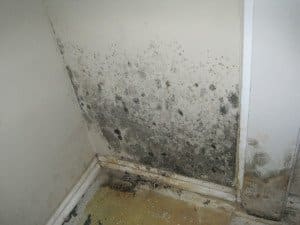
If the area is not visibly free of mold, do not perform post sampling. Complete the mold removal and cleaning then reschedule for a post-visual inspection.
1- Visual Inspection
Check to see if the specifications were followed. Also, make sure the moisture source has been identified and resolved, contents and debris have been removed, and the work area is white-glove dust free.
2- Total Spore Concentration
Ensure that the total mold spore concentration is less than 2,000 c/m3 (which is typical of a normal fungal ecology). If it is less than 800, you may skip Step 3.
3- Comparison to Make-up Air Source
The total spore concentration on the inside sample should be below that on the comparison sample. (Comparison sample collected from out-of-doors or inside building but outside work area, depending on the location of the containment entry point.)
4- Rank/Order Comparison
Make sure the level of each fungal type (and hyphae) recovered inside is less than 100 c/m3 above the level of the same fungal type (and hyphae) in the comparison sample.
5- Indicator Organisms
If the Aspergillus/Penicillium on the inside sample is less than 200 c/m3, proceed to the next step.
6- Target Organisms
If the inside sample is free of target fungal types, both counted and observed, remediation is successful. (There should be no traces of Stachybotrys sp., Fusarium sp., Trichoderma sp., Memnoniella sp., or Chaetomium sp.)
